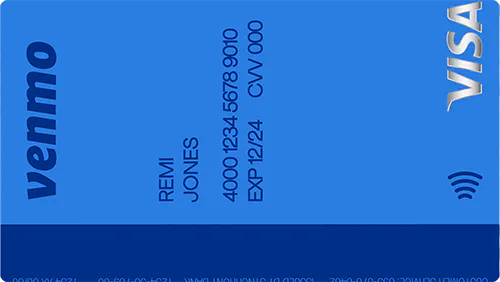Venmo Credit Card


Annual Fee: $0
This content is curated by Intuit Credit Karma’s Editorial team using data from members who were approved for this card or similar cards, or who self-matched this card or similar cards. Intuit Credit Karma receives compensation from third-party advertisers, but that doesn’t affect our editors’ opinions. Our third-party advertisers don’t review, approve or endorse this content. Information about financial products not offered on Credit Karma is collected independently. Our content is accurate to the best of our knowledge when posted.
Here’s the average credit limit of members who matched their Venmo Credit Card or similar cards.
% of members by credit limit range
The average credit limit for members who have matched with this card or similar cards is $4,117, with $1,500 being the most common.

Here’s the average credit score of members who matched their Venmo Credit Card or similar cards.
% of members by credit score range
The average credit score for members who have matched with this card or similar cards is 637, with 593 being the most common. Note this is just one of the deciding factors when it comes to getting approved.

Member stats
Updated daily

47.4%
Average credit utilization (or what percent of the card’s credit limit is being used) of members who matched with this card or similar cards.

45 years
Average age of members who matched this card or similar cards.

$95,234
Average annual income of members who matched this card or similar cards. Note: Income may be estimated for some members by Credit Karma and may differ from members’ actual incomes.
Member reviews
Most helpful positive review
—
Most helpful negative review
—

